The CEO of Mobileye, Amnon Shashua, has expressed concerns over Tesla’s approach to the Full Self-Driving (FSD) suite. Tesla had launched the beta version of the Self-Driving suite in October last year and received positive responses for the same. According to Shashua, however, this approach will result in Tesla “hitting the glass ceiling” after some time.
What is Mobileye?
Mobileye is an Israel-based company involved in the research of self-driving systems. It is one of the largest suppliers of driver-assist systems for automobiles. In 2017, Intel acquired Mobileye for $15 billion. Today, Mobileye is involved with companies such as Hyundai, Kia, GM, Ford, BMW, Nissan, Audi, Volvo, and Volkswagen.
From 2009 to 2016, they also had a deal with Tesla. They supplied the EyeQ3 system to the Model S and Model X. Today, the next version of their self-driving system is used in a number of vehicles. Chinese electric vehicle start-up NIO uses it in their ES6 and ES8 cars. Nissan’s ProPilot 2.0 and Volkswagen’s Travel Assistant in the Golf and Passat is based on this system as well. Ford also uses this system in the new Mustang Mach-E as well as the F-150 pick-up.
Despite the clash of approaches currently, the paths of Tesla and Mobileye are similar. Both have started off with driver-assist systems and are looking to expand to full self-driving autonomy.
Amnon Shashua’s Comments about Tesla’s Approach
Mobileye CEO Amnon Shashua recently commented on Tesla’s approach towards attaining self-driving autonomy. During a presentation at the Consumer Electronics Show (CES) 2021, he said that the approach Tesla is adopting is wrong.
“A company can deploy a crappy system, and then call it a beta version. After that, they can keep on improving it, and finally introduce a robust system. While this approach does sound reasonable, it is actually a brute-force way of going about things. And there is a risk that it could get into a glass ceiling.”
Difference between the Approach of Tesla and Mobileye
When asked why Mobileye’s approach is better than Tesla’s, he went into the depths of what his company does. One of the major differences is that Mobileye is heavily reliant on LiDAR (Light Detection And Ranging) sensors. On the other hand, Tesla is strictly striving to avoid the use of LiDAR. Instead, they use radar and ultrasonic sensors. After releasing the beta version of the FSD, Tesla had also stated that they will add a 4D radar with better range to improve the overall efficiency of the system.
The other major difference is the use of data that gets collected from the sensors. Tesla collects a lot of data from the sensors fitted in all of its vehicles. Using this data, the model built by Tesla keeps learning the various driving scenarios and improves itself.
Shashua, however, believes that the idea of recording footage while driving, storing that footage, and then analyzing it (only when the car is near a WiFi hotspot) is not the right approach. According to him, Tesla is recording ‘the wrong part‘ of the self-driving.
Instead, the recording of the footage should be used to understand the “semantics of the road”. The more subtle aspects of driving, such as the behavior of the car in certain scenarios and its interaction with the shape and geometry of the road is more important. Mobileye does not log the entire minute-by-minute data obtained from sensors. It, instead, gets a summary of every run of the vehicle and translates it into a 3D map.
Through this process, Mobileye has built detailed maps of many cities around the world. They have logged over 5 million miles of data in just five years through this system.
Future Plans for Mobileye
This method of data processing has enriched the overall database the company has, and they believe it will give them an edge over companies like Tesla in the coming years. 2020 saw them carry out testing in Israel, Detroit, and Germany, and they now plan to expand operations. The next cities on Mobileye’s list for testing are Paris, Tokyo, Shanghai, and New York this year.
You can watch this video of Mobileye’s AV (augmented reality) ride in Munich to understand the kind of work the company has done till now:
Our Opinion
Self-driving, or vehicular autonomy, is a fast-growing field right now. We all know that Tesla has rebuilt its Self-Driving suite from the ground up, and is offering beta testing to its customers right now. Waymo, which was formerly the Google self-driving car project, also started an autonomous taxi service in Phoenix last year in limited numbers.
With companies like Mobileye also dedicating their work to this field, a lot of improvement in the field of automobile autonomy is expected in the coming days. It is worth noting that Mobileye seems willing to change its outlook according to the advancements in the field. Tesla, on the other hand, is hellbent on its ideologies. This might make a difference in the coming years.

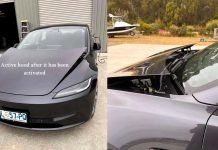
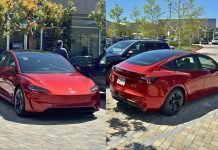
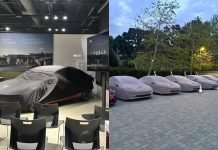
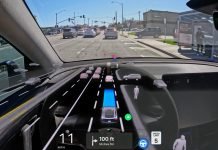
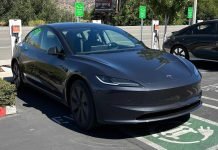








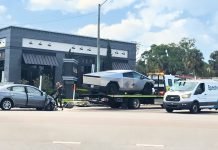
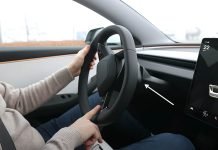
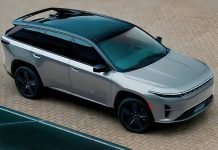
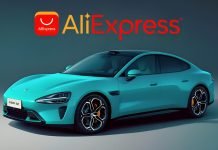
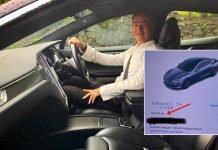
The article makes a mistake about Mobileye’s approach. They are not heavily reliant on lidar. In fact, the video of the self-driving in Munich was done with only 12 cameras and HD maps. So, Mobileye already has very advanced camera vision that can fully self-drive the car. But, Mobileye is also developing FSD with just lidar and radar. They plan to combine both FSD systems (the camera only and the lidar/radar only) to further improve safety and reliability. They call it “true redundancy” because the cars will have two independent systems that can fully self-drive the car. This approach has been laid out in Sashua’s talks.